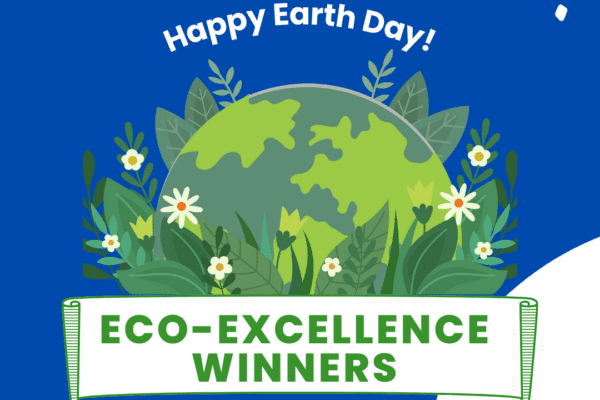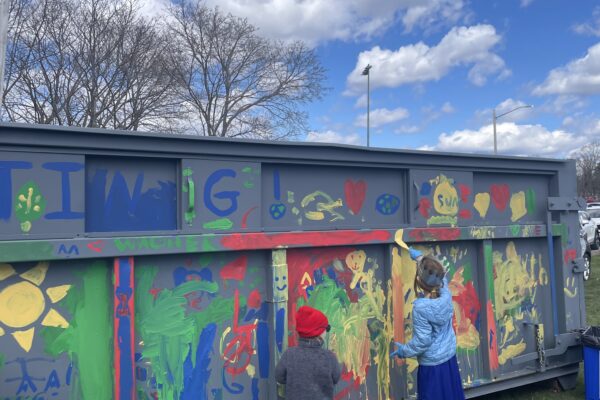Report issued by professor and chemical engineer Dr. Marco Castaldi showcases up-to-date data on advantages of waste-to-energy plants
A report released this week seeks to inform the waste industry, policymakers, and residents about the benefits of waste-to-energy facilities, like that at ecomaine in Portland. “The Scientific Truth about Waste to Energy Facilities and Quantifiable Benefits They Provide” by chemical engineer and City College of New York professor Dr. Marco J. Castaldi, employs multiple independent scientific reviews to provide a modern and comprehensive appraisal of waste-to-energy’s advantages in providing a sustainable approach to solid waste.
“Waste-to-Energy is a known best practice and is a preferred strategy to landfilling on the State of Maine’s Solid Waste Hierarchy and by the Federal Environmental Protection Agency,” said ecomaine’s CEO Kevin Roche. “Dr. Castaldi’s report makes it clear that waste-to-energy facilities allow for the safe, clean reduction in volume of more than 175,000 tons of Maine’s solid waste in a manner that emits less methane, recycles metals, and produces beneficial electricity. Most importantly, it results in less waste being stored in our landfills.”
The report illustrates significant benefits of waste-to-energy’s practices, including reductions in greenhouse gas emissions, waste-to-energy’s compatibility with recycling – including strong correlation with increased recycling rates in the U.S. – and a significant reduction in the growing land area in North America that is being used for landfills, which are a significant source of methane, an extremely harmful greenhouse gas.
ecomaine’s waste-to-energy plant processes more than 175,000 tons of trash a year and generates about 100,000 megawatt-hours of electricity annually, which is enough to power ecomaine’s operations and electric vehicles, plus about 15,000 homes for a year. Converting trash to energy also reduces its volume by 90%, leaving only stabilized ash to be stored at ecomaine’s landfill site.
As opposed to raw solid waste in a landfill, the waste-to-energy process and ash result in greenhouse gas emissions that are between 53% and 267% better than the metric tons of carbon dioxide equivalent emitted by landfills, according to Castaldi’s report.
Additionally, U.S. counties and municipalities that employ waste-to-energy for non-recyclable waste materials consistently have increased recycling rates, compared to communities without waste-to-energy plants.
“We are extremely fortunate that our community has waste to energy technology available to handle non-recyclable waste,” said Troy Moon, Sustainability Director at the City of Portland and member of ecomaine’s Board of Directors. “It has lower carbon emissions than landfilling so it helps us meet our climate goals as well as our waste management goals.”
Added Mike Shaw, ecomaine’s Board Chair and Public Works Director for the Town of Scarborough, “the 274 acres ecomaine has set aside for the ash from the waste-to-energy process would have been full long ago if we didn’t have this technology. Since our process reduces the volume of raw trash by 90%, we still have decades left to go. This is a best practice, simply put.”


